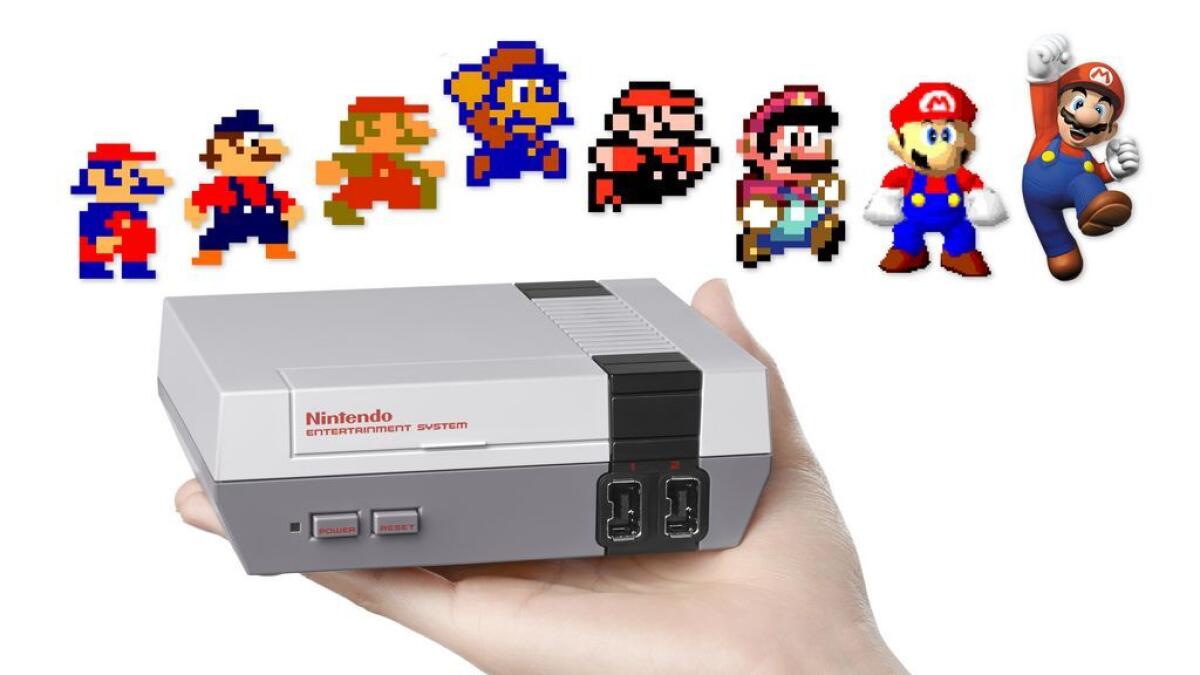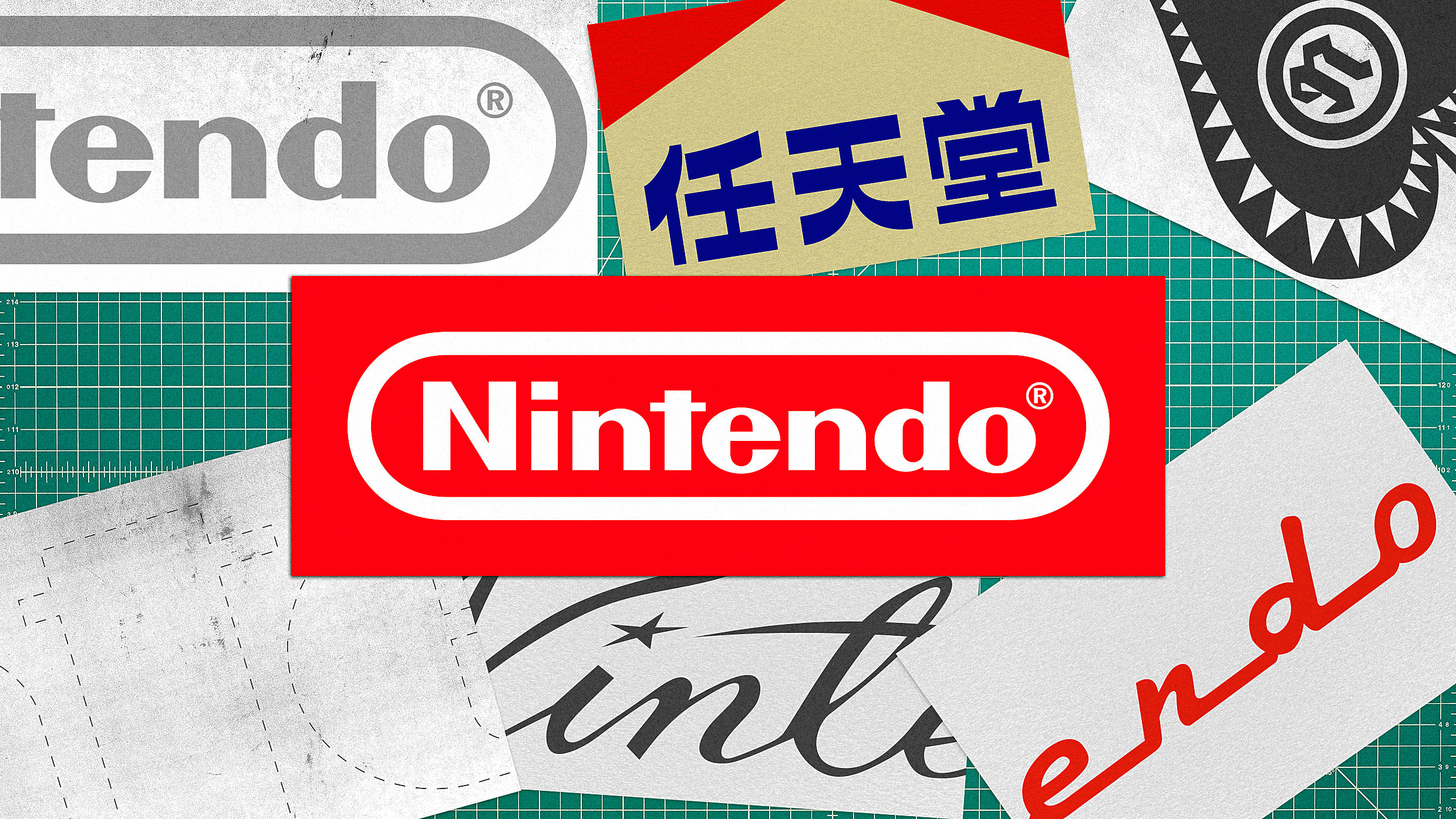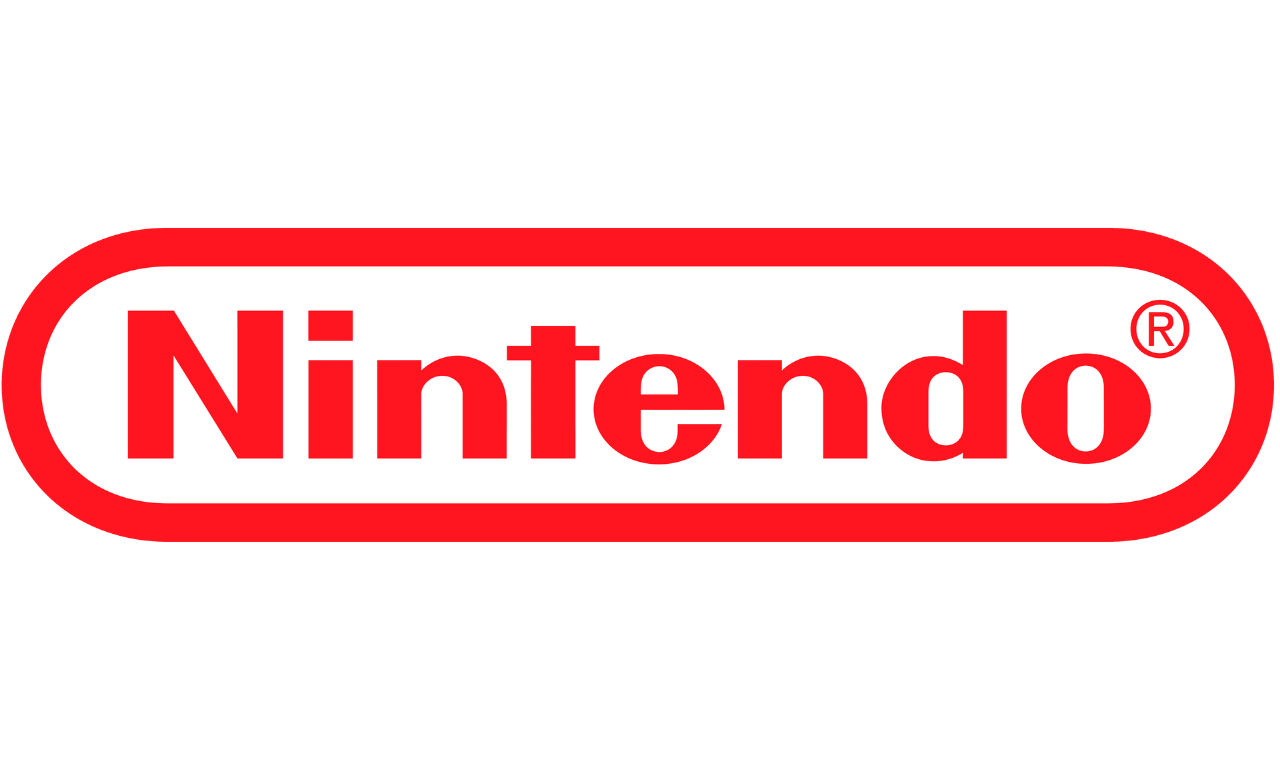Table of Contents
Nintendo is a name synonymous with gaming, innovation, and nostalgia. Since its founding in 1889, the company has undergone remarkable transformations, not just in the games it produces but also in its branding and logo design. One particular design, represented as “logo= nintendo,” has become iconic within the gaming community. In this article, we’ll explore the journey of Nintendo’s logo, its significance, and how it reflects the brand’s evolution over the years.
The Early Days of Nintendo

From Playing Cards to Video Games
Nintendo began its journey as a playing card company, creating handmade Hanafuda cards in Kyoto, Japan. The original logo, a simple depiction of the brand name in traditional Japanese script, captured the essence of the company’s origins. Over the years, Nintendo explored various business ventures, including a taxi company and a love hotel, before finally finding its true calling in video games.
Transitioning to Video Game Branding
In the 1970s, Nintendo entered the arcade game market, producing hits like Donkey Kong and Space Firebird. This shift required a new logo to represent the company’s new direction. The logo during this period featured a more modern look, combining bold lettering with a simple, red and white color scheme. This marked the beginning of a recognizable brand that would resonate with gamers worldwide.
The Iconic Logo: Evolution Over the Years
The Classic Nintendo Logo
The first major evolution of the Nintendo logo came with the release of the Nintendo Entertainment System (NES) in 1983. The logo featured a bold, red oval with the word “Nintendo” in a clean, white font. This design became synonymous with gaming in the 1980s and 1990s, representing a generation of gamers who grew up with titles like Super Mario Bros. and The Legend of Zelda. The logo was easily recognizable and simple, making it effective for marketing and branding.
The Logo in the 3D Era
With the advent of 3D graphics and the launch of the Nintendo 64 in the late 1990s, the logo underwent another transformation. The logo retained its iconic oval shape but featured a more dynamic, three-dimensional appearance. This change mirrored the advancements in gaming technology and Nintendo’s commitment to innovation. The new logo was featured prominently on the console, game boxes, and marketing materials, reinforcing Nintendo’s status as a leader in the gaming industry.
The Logo Today: “logo= Nintendo”
In the 21st century, Nintendo has continued to adapt its branding to fit the changing landscape of gaming. The current logo, often referenced as “logo= nintendo,” embraces simplicity and modernity. The oval shape remains, but the font is now sleeker and more stylized, reflecting a contemporary aesthetic. This logo has been used for recent consoles, including the Nintendo Switch, and symbolizes the company’s commitment to innovation while honoring its rich heritage.
The Significance of the Logo

Brand Recognition and Loyalty
The Nintendo logo serves as a powerful symbol of brand recognition. Gamers associate the logo with quality, creativity, and unforgettable experiences. As a result, the logo has fostered a sense of loyalty among fans, who often wear merchandise featuring the logo or proudly display it in their gaming setups. The logo’s simplicity allows it to be easily replicated and recognized across various mediums, from merchandise to digital platforms.
Cultural Impact
Nintendo’s logo has transcended gaming, becoming a part of popular culture. The logo appears in movies, television shows, and even fashion. It has inspired countless memes, art, and fan creations. This cultural impact reflects the company’s ability to connect with audiences beyond just gaming, making the logo a symbol of nostalgia and joy for many.
The Logo and Marketing Strategy

A Tool for Storytelling
Nintendo has leveraged its logo as a storytelling tool. Each iteration of the logo tells a story about the company’s evolution, innovation, and commitment to quality. The logo serves as a visual representation of the brand’s values and mission. In an industry where competition is fierce, the logo stands out as a reminder of the company’s dedication to creating memorable experiences for gamers of all ages.
Merchandise and Branding
The “logo= nintendo” logo has become a staple on merchandise, from clothing to toys. Nintendo understands the importance of branding in the merchandising space, ensuring that its logo is prominently featured on products. This not only increases brand visibility but also allows fans to express their love for Nintendo in their daily lives. The logo has become a badge of honor for many gamers, symbolizing a shared love for the brand and its games.
The Future of Nintendo’s Logo
Adapting to New Technologies
As technology continues to evolve, so too will Nintendo’s branding. The rise of virtual reality, augmented reality, and mobile gaming presents new opportunities and challenges for the brand. The “logo= nintendo” logo may undergo further adaptations to reflect these advancements while maintaining its core identity. Nintendo has a history of embracing change, and the logo will likely evolve to fit new gaming paradigms.
Maintaining Brand Integrity
While change is inevitable, Nintendo is also aware of the importance of brand integrity. The company must balance innovation with the nostalgic elements that resonate with its audience. The logo is a crucial component of this balance, serving as a bridge between the past and the future. Nintendo’s ability to adapt while honoring its roots will be key to its continued success in the gaming industry.
Conclusion
Nintendo’s logo, represented as “logo= nintendo,” is more than just a simple design; it is a powerful symbol of the company’s history, values, and cultural impact. From its humble beginnings as a playing card company to its current status as a gaming giant, Nintendo has successfully navigated the complexities of branding and marketing. As the gaming landscape continues to evolve, so will the logo, but its core essence will always remain. Whether you’re a lifelong fan or a newcomer to the world of gaming, the Nintendo logo represents a shared experience of joy, creativity, and adventure.
FAQs about “logo= Nintendo”
- What does “logo= nintendo” mean?
It represents a reference to Nintendo’s logo, symbolizing the brand’s evolution and modern branding strategy. - How has the Nintendo logo changed over time?
It evolved from traditional Japanese script to the modern oval design, reflecting the company’s shift to video games. - What is the significance of the red and white colors in the Nintendo logo?
The red and white colors signify simplicity, clarity, and creativity, enhancing brand recognition worldwide. - Why did Nintendo update its logo for the Nintendo Switch?
The Switch logo emphasizes minimalism and innovation, aligning with the console’s modern, hybrid gaming concept. - Does Nintendo’s logo influence merchandise and fan culture?
Yes, the logo is widely used on merchandise, becoming a symbol of fandom and brand loyalty. - What makes the Nintendo logo recognizable?
Its clean, oval design and consistent use across products and marketing make it instantly identifiable. - How does the Nintendo logo reflect the company’s values?
The logo embodies creativity, fun, and nostalgia, reflecting Nintendo’s mission to create joyful experiences. - Has the Nintendo logo always been the same?
No, it has evolved over time to match Nintendo’s shifts in business focus and technological advances. - What role does the logo play in Nintendo’s branding strategy?
The logo serves as a visual storytelling tool, linking past, present, and future innovations. - Will Nintendo’s logo change in the future?
While future updates are possible, the company is likely to maintain elements of the iconic design to preserve brand integrity.






